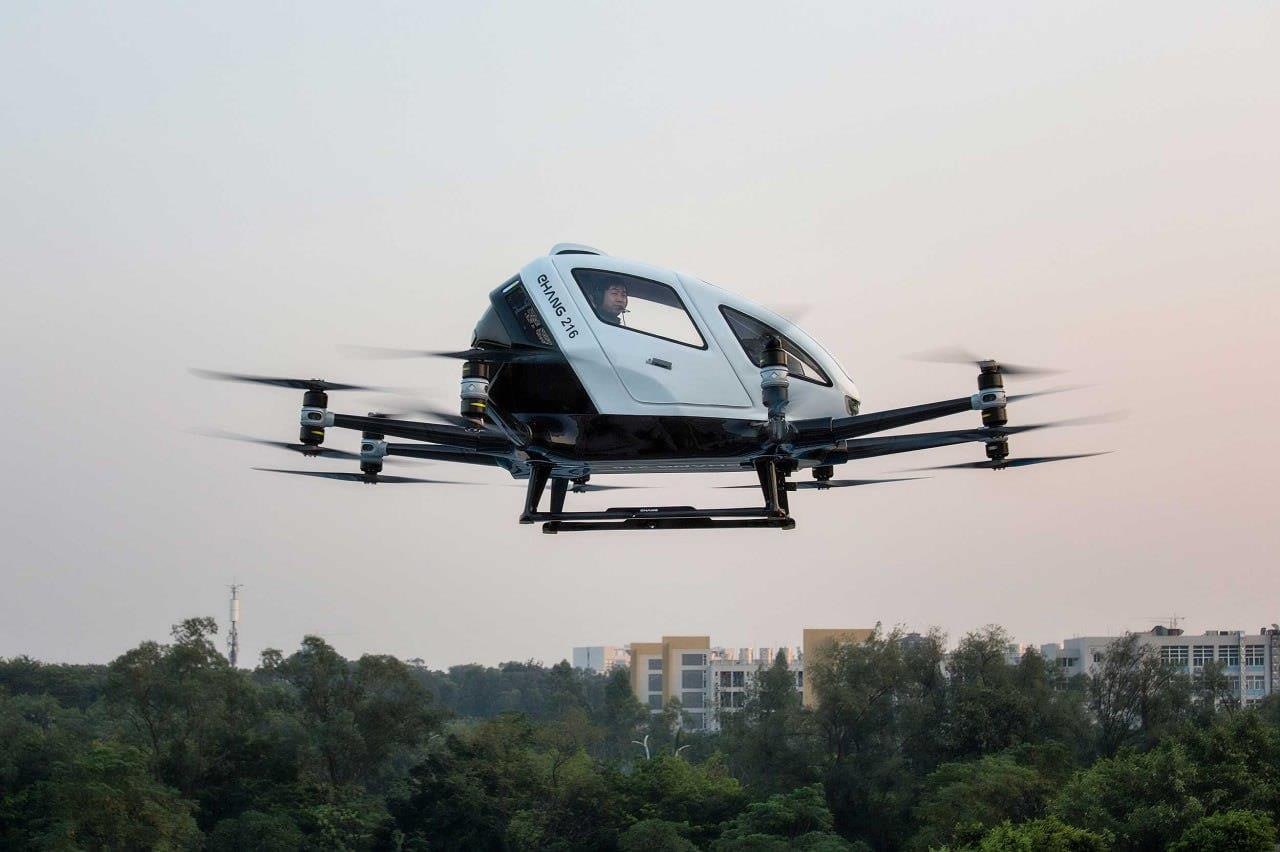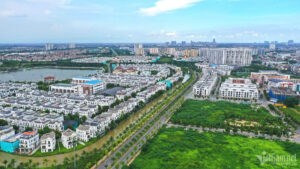China is accelerating efforts to develop emerging industries. One example is autonomous driving. Reporter He Jingyi is in Wuhan to learn about China’s booming driverless market. Wuhan aims to become the world’s first driverless city.
The world’s biggest experiment in driverless cars is underway.
HE JINGYI, Wuhan “I’m at my hotel here in Wuhan, and I’m now heading to today’s shooting location in a self-driving taxi. Let’s see how it goes!”
Here comes my driverless ride.
We’re moving at about 30-kilometers an hour. The robo-taxi smoothly handles complex urban challenges, like making a U-turn on a ramp and maneuvering around bicyclists and hesitant drivers.
This fleet of nearly 500 vehicles now serves an area covering half of Wuhan’s population. The company in charge, the Chinese tech giant Baidu, has ambitious plans to double the number, aiming for 1,000 fully self-driving taxis by the end of the year.
“You’ll often see Baidu robot taxis pulling up right here. People say they’re pretty safe, and I guess it’s because they’re loaded with cameras all around. So, they’re usually better at avoiding bumps and scrapes than cars driven by people.”
Wuhan is just one of twenty Chinese cities pioneering self-driving technology under a government initiative to promote what’s called vehicle-road-cloud integration. The country aimed at putting smart connected vehicles on the road by 2026.
ZHAO XIA, Deputy Director, Regional Economic Research Institute of Yangtze River “The initial investment for vehicle-road collaboration is significant, with costs for intelligent upgrades exceeding 2-million yuan, or 276-thousand US dollars per kilometer.”
Despite the cost, the country remains determined. The just-concluded third plenary session emphasized the importance of planning and guiding the rapid development of emerging and future industries.”
HAN WENXIU, Executive Deputy Director, Office of the Central Committee for Financial and Economic Affairs “We must follow the directives of the third plenary session to develop new quality productive forces locally, expand emerging industries, and plan for future industries.”
Source: CGTN




